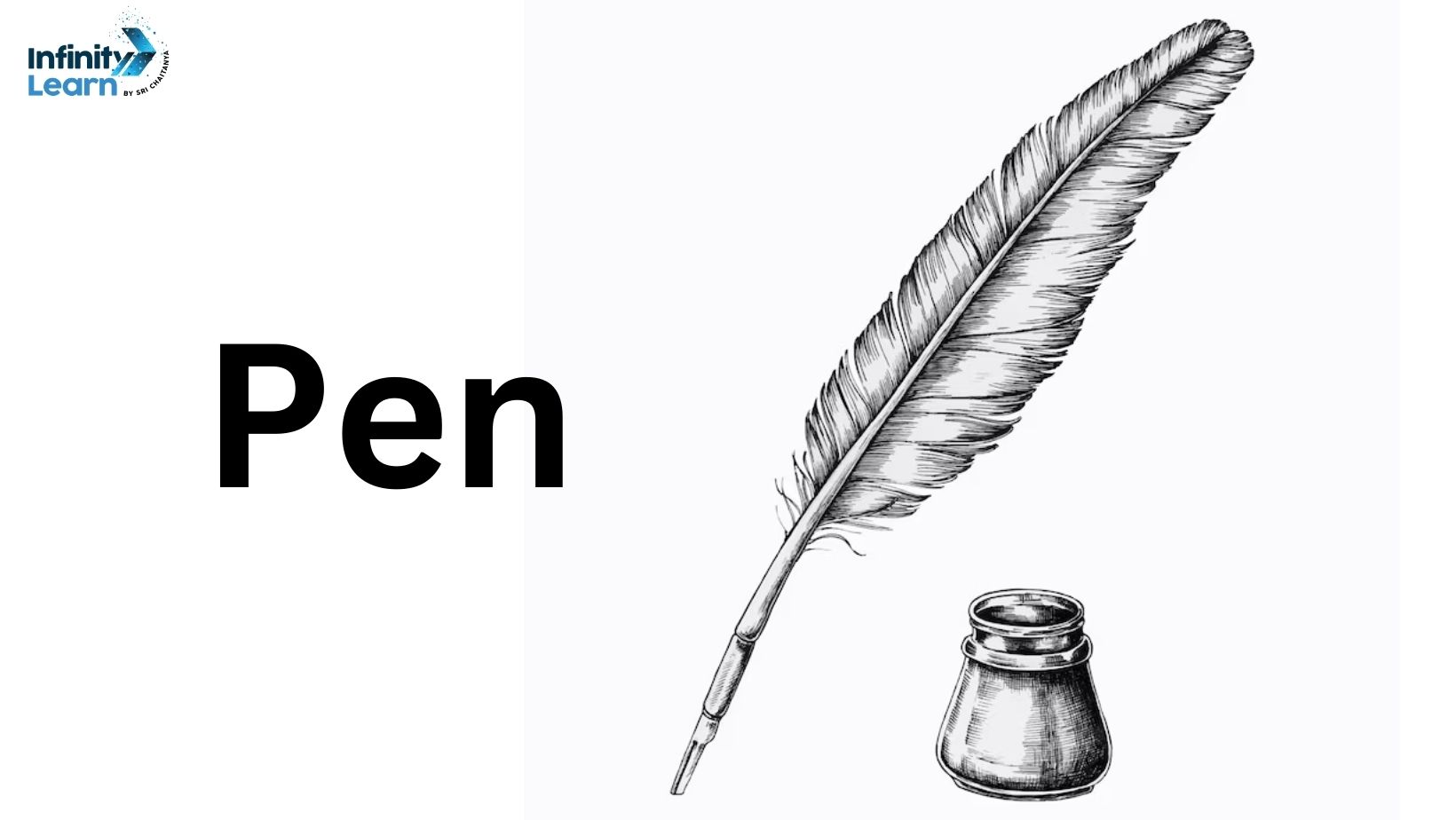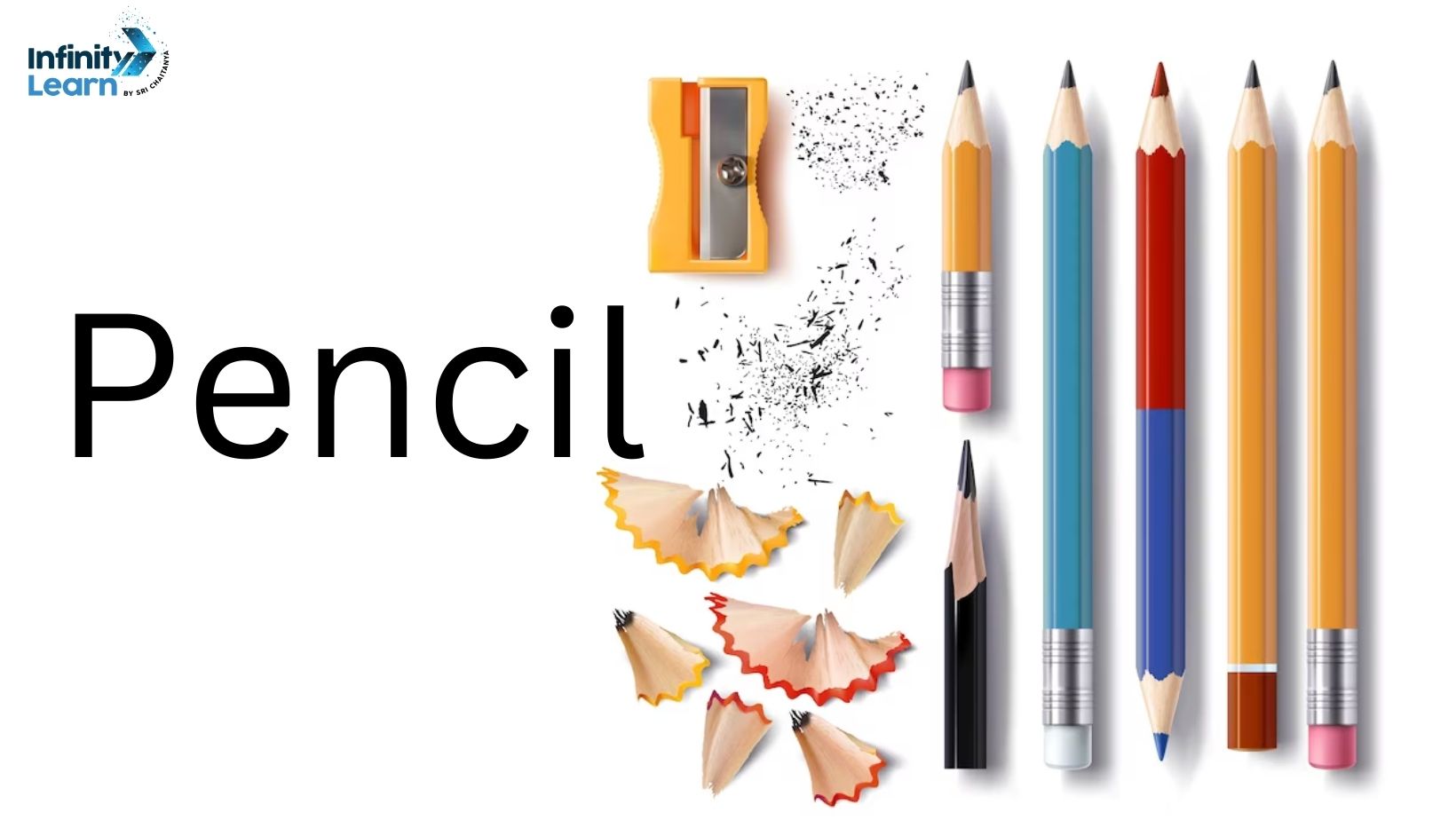Table of Contents
I. Introduction to Writing Tools
Writing tools, such as pens and pencils, are instrumental in human communication and knowledge preservation. They serve as mediums for translating thoughts into written form, enabling the recording and sharing of information across time and space.
The significance of these tools extends beyond mere instruments; they represent the evolution of human ingenuity and the quest for efficient means of expression.
II. Origins of Writing
Human communication predates recorded history, evolving from primitive forms of expression like cave paintings and symbols etched on stones. The emergence of early writing systems marked a crucial turning point, enabling civilizations to communicate complex ideas through structured symbols and characters. From ancient Mesopotamia’s cuneiform script to the hieroglyphs of ancient Egypt, these early systems laid the foundation for written language and communication.
Also Check: Silver
III. Evolution of Writing Instruments
A. Invention of the Pen

The evolution of writing instruments began with primitive tools like reed pens and quills. Ancient civilizations utilized materials such as feathers and reeds, fashioning them into writing implements by shaping one end for ink absorption. Over time, advancements led to the development of metal nibs, allowing for more durable and precise writing tools.
B. Development of the Pencil
The pencil’s origin traces back to the discovery of graphite in the 16th century. Initially wrapped in string or sheepskin, graphite sticks served as a primitive form of writing. The Industrial Revolution spurred the mass production of pencils, refining the manufacturing process and popularizing these instruments worldwide. The transition from cumbersome graphite sticks to wooden-cased pencils revolutionized writing tools, making them more accessible and portable.
IV. Historical Influence of Pen and Pencil

A. Writing Tools in Renaissance Art and Literature
During the Renaissance, the use of pens and pencils played a pivotal role in the flourishing of art, literature, and culture. Pens, crafted meticulously by artisans, allowed for intricate detailing in artwork, enabling artists like Leonardo da Vinci and Michelangelo to bring their visions to life on canvas and parchment.
The precision and versatility of pens facilitated the development of calligraphy, elevating writing into an art form. In literature, the availability of affordable writing implements, like the quill, democratized the act of writing, enabling more people to express their thoughts and contribute to the rich tapestry of literature that emerged during this period.
Also Check: Cotton Gin
B. Role of Pens and Pencils in Education
The introduction of pens and pencils into educational settings revolutionized learning. Pens replaced cumbersome quills, offering students a more efficient and mess-free writing experience.
Pencils, with their erasable nature, became indispensable tools in classrooms, allowing for the correction of mistakes without marring the integrity of the written work. Their accessibility and ease of use democratized education, enabling individuals from various backgrounds to engage with knowledge and foster their intellectual growth.
V. Science Behind Writing
A. Cognitive Aspects of Writing by Hand vs. Typing
Writing by hand engages cognitive processes differently than typing on a keyboard. Studies have shown that handwriting activates areas of the brain associated with language, motor skills, and memory retention.
The physical act of forming letters and words by hand stimulates neural pathways linked to comprehension and information recall, fostering deeper understanding and retention of written content compared to typing, which may promote more superficial processing.
Also Check: Facts About Car
B. Neuroscience of Writing: Brain and Hand Coordination
The act of writing involves intricate coordination between the brain and hand muscles. When a person writes, the brain communicates with fine motor muscles to execute precise movements, shaping letters and words.
This intricate coordination enhances neural connectivity, contributing to improved dexterity, cognitive development, and even emotional processing. Neuroscientific studies highlight the unique neural pathways activated during handwriting, suggesting its crucial role in cognitive development and brain function.
Also Check: Science About Nitrogen
VI. Technological Advancements in Writing
A. Modern Innovations in Pen Technology
Advancements in pen technology have led to the creation of various writing instruments tailored to diverse needs. From fountain pens with specialized nibs for calligraphy to ergonomic designs promoting comfort and efficiency, modern pens integrate cutting-edge materials and engineering.
Additionally, innovations like ink cartridges, ballpoint pens, and rollerballs have transformed writing experiences, offering convenience and reliability while preserving the elegance and artistry of traditional writing instruments.
B. Evolution of Mechanical Pencils and Contemporary Designs
The evolution of mechanical pencils has witnessed the integration of durable materials, improved lead mechanisms, and innovative designs. Contemporary mechanical pencils boast features such as adjustable lead sizes, retractable tips, and ergonomic grips, catering to users seeking precision, convenience, and versatility in their writing tools.
Also Check: Speed and Velocity
Furthermore, sustainable materials and refillable mechanisms align with environmentally conscious practices, shaping the future of pencil design and production.
VII. Cultural Impact of Writing Tools
Pens and pencils have transcended mere writing tools; they’ve become symbols embedded in various cultures and traditions. For instance, in ancient civilizations like Egypt, reed pens were not only writing instruments but also held symbolic significance, often associated with learning and knowledge. Similarly, in East Asian cultures, brushes for calligraphy hold profound artistic and spiritual importance, representing harmony, discipline, and cultural identity.
Across history, writing tools have intertwined with societal values. During the Renaissance, the emergence of the pen coincided with a flourishing of art, literature, and scientific breakthroughs. Pens and quills were not just writing instruments but status symbols, carried by intellectuals and artists. This era saw an elevation of writing tools as instruments of creativity and expression.
The significance of writing tools in education cannot be overstated. Pens and pencils are fundamental aids in learning, shaping the academic journey of individuals worldwide. They symbolize the process of knowledge acquisition and personal growth, marking milestones in a student’s life.
VIII. Environmental Impact and Sustainability
In today’s era, discussions about sustainability are paramount, even in seemingly small aspects like writing tools. Pens and pencils, historically made from various materials like wood, metal, or plastic, now face scrutiny due to their environmental footprint.
The quest for eco-friendly alternatives has led to innovations like recyclable pens and pencils made from sustainable materials. Some companies focus on reducing plastic components, opting for biodegradable materials or using recycled plastics. Additionally, initiatives promote refilling mechanisms for pens to minimize waste.
The sustainability discourse extends to the production processes. Manufacturers are adopting greener practices, reducing emissions, and embracing renewable energy sources to manufacture writing tools responsibly.
Also Check: Stegosaurus
IX. Future of Writing Instruments
As we navigate the digital age, writing tools are undergoing a fascinating transformation. Smart pens equipped with digital technologies offer functionalities beyond traditional writing, enabling instant digitization of handwritten notes and seamless integration with digital devices.
These pens bridge the gap between analog and digital worlds, catering to diverse user preferences.
Similarly, digital pencils equipped with pressure sensitivity and advanced features cater to artists, architects, and designers, replicating the feel of traditional pencils while offering digital precision.
The future holds promise for augmented reality integration in writing instruments, allowing users to create immersive experiences through writing. Imagine a world where writing tools not only capture words but also visualize concepts in 3D space, revolutionizing how we express ideas.
Beta feature









